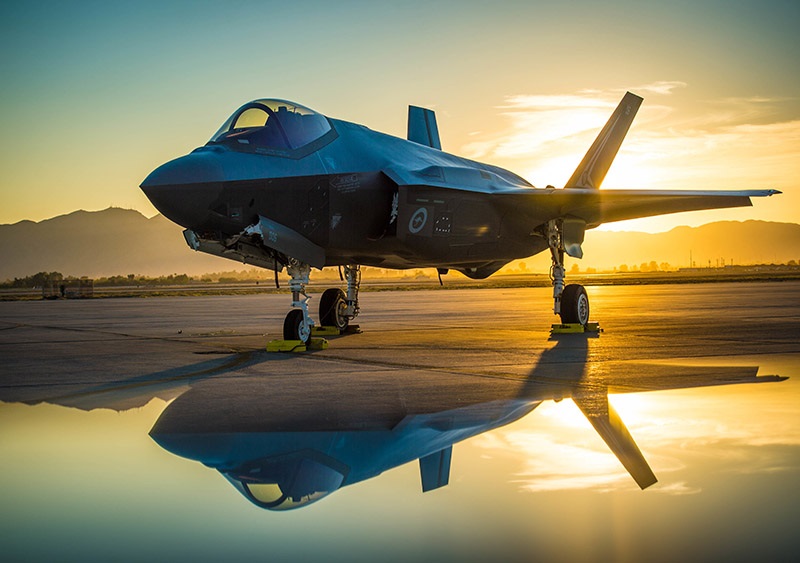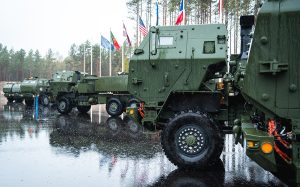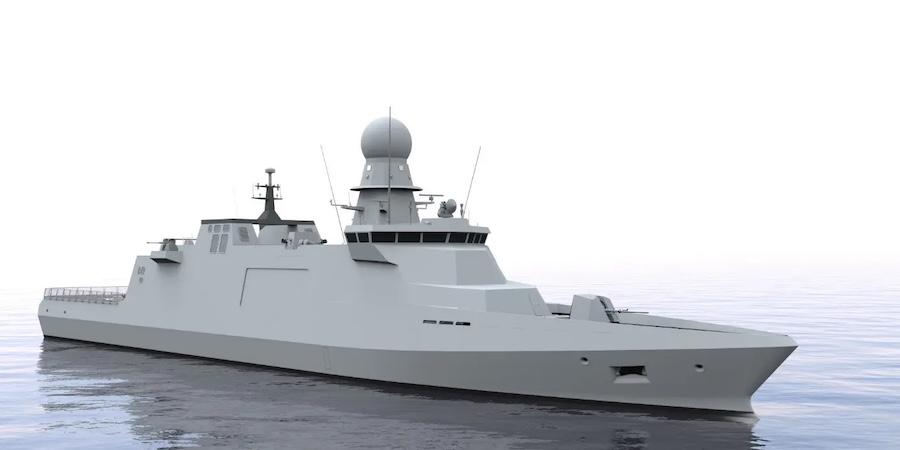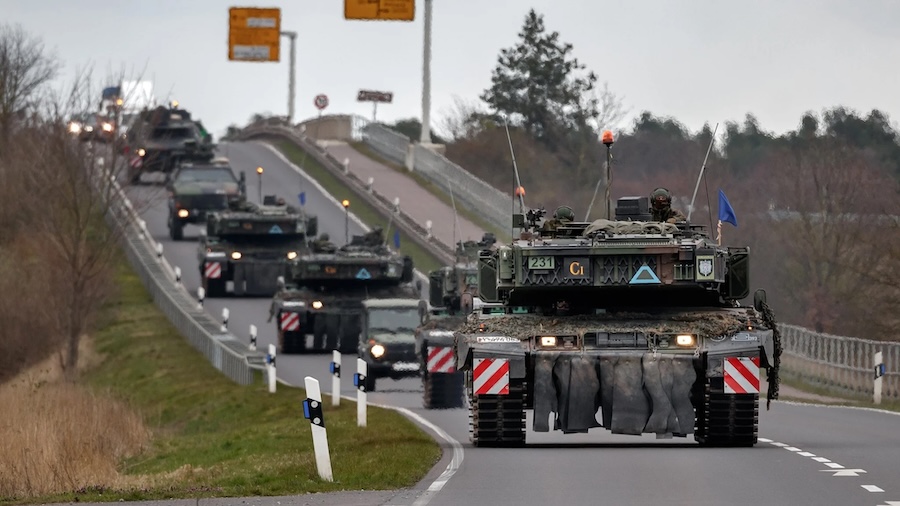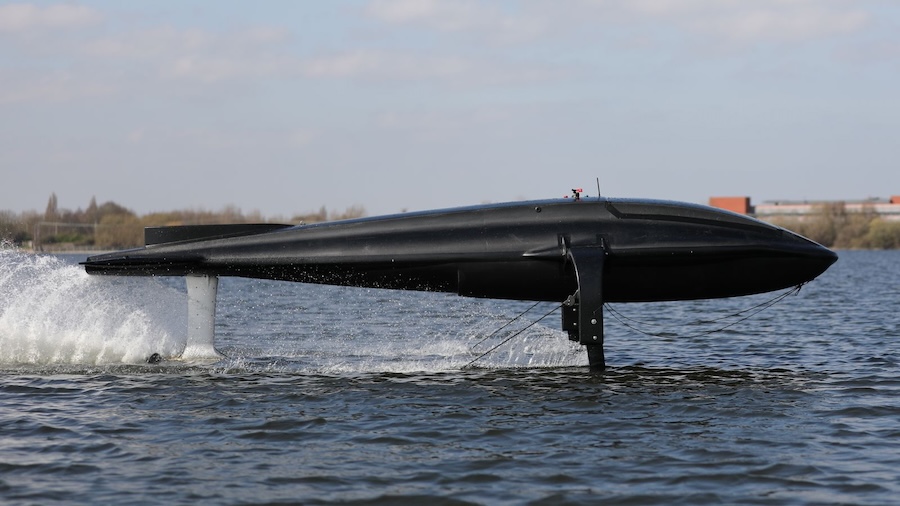Speaking at the 2025 Paris Air Show, company executives, including J.R. McDonald, Vice President of Business Development for the F-35 programme, confirmed that “TR-3 is ready” and stressed that the platform’s readiness had been achieved. Until the outstanding combat function is certified, aircraft equipped with TR-3 will remain restricted to non-combat roles.
TR-3 introduces 75 hardware and software improvements, including a new integrated core processor with 25 times the computing power of its TR-2 predecessor. This enhanced processing capacity supports a new cockpit display system, increased memory, quicker mission system updates, and enables advanced artificial intelligence integration.
The TR-3 upgrade serves as the computing foundation for the forthcoming Block 4 modernisation programme. This includes advanced radar systems, enhanced sensors, upgraded electronic warfare capabilities, and integration of a broader range of weapons.
Lockheed Martin calls TR-3 “essential,” underpinning what executives describe as “the most aggressive upgrade of any fighter in history.” Block 4 will introduce the AN/APG-85 radar, AIM-260 Joint Advanced Tactical Missile (JATM), MBDA’s Meteor, AARGM-ER, and the Joint Strike Missile (JSM), as well as improved stealth coatings and a new Distributed Aperture System.
Further enhancements are planned in data fusion and cross-domain networking, solidifying the F-35’s role in multi-domain operations with U.S. and allied forces. To meet increased power demands, Pratt & Whitney’s Engine Core Upgrade (ECU) will improve thrust and cooling efficiency by 50 percent.
While Lockheed explored the XA100 adaptive engine under the Adaptive Engine Transition Program (AETP), it was not selected due to integration and cost concerns. Instead, Block 4 capabilities are scheduled for phased introduction through the late 2020s and early 2030s.
The TR-3 rollout had faced significant delays, including a year-long delivery freeze beginning in July 2023 due to software instability. During this period, the U.S. Department of Defense (DoD) halted acceptance of TR-3-equipped jets, with Lockheed continuing production and storing up to 120 completed aircraft.
Deliveries resumed in July 2024 under a phased plan using an interim software version focused on training capabilities. The first two F-35As under this arrangement were delivered to Dannelly Field, Alabama, and Nellis Air Force Base, Nevada, though these jets remain non-combat-capable.
The full software release enabling combat operations is not expected until late 2025 or early 2026. Lockheed faced financial penalties during the freeze, with the DoD withholding $5 to $7 million per aircraft, totalling around $60 million in performance fees.
As of June 2025, Lockheed has delivered 200 TR-3-equipped F-35s, all designated for training. The company projects deliveries of between 170 and 190 aircraft in 2025, including units for international customers through Foreign Military Sales and cooperative production deals.
In November 2024, the U.S. DoD awarded Lockheed a $869.9 million contract for long-lead components for Lot 20 production, which incorporates TR-3 and initial Block 4 capabilities. Lot 20 covers deliveries to U.S. service branches and allied forces.
During the delivery pause, Lockheed used $700 million of internal funding to maintain production and protect its supply chain. Following the March 2024 Milestone C decision, full-rate production resumed at approximately 20 aircraft per month, supporting multiyear procurement.
Despite these developments, Lockheed has not given a definitive timeline for final U.S. government approval of the TR-3 configuration. The F-35 Joint Program Office has also not indicated when full certification might be issued.
Looking forward, Lockheed has outlined potential future upgrades derived from the U.S. Air Force’s Next Generation Air Dominance (NGAD) programme. These may include advanced sensors, new stealth coatings, and optionally unmanned operation.
CEO Jim Taiclet said such upgrades could result in a “fifth-generation plus” aircraft, delivering 80 percent of sixth-generation capability at about half the cost. A twin-engine “F-55” variant has been proposed, though industry analysts have raised doubts about its feasibility.
While Lockheed did not win the NGAD manned aircraft competition, the company plans to apply NGAD technologies to the F-35 and F-22. These efforts aim to ensure the relevance of existing fifth-generation platforms into the 2030s and beyond.




